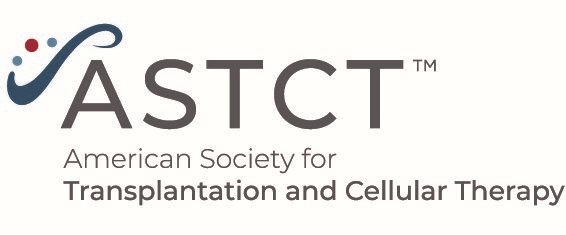
CAR-NKT cells: More of a Goldilocks or a Kangaroo?

The following was recently published in ASTCT’s Nucleus publication. Follow @ATSTCT for the latest on all-things cellular therapy.
Two impressive events occurred at the #Tandem22 meeting. First, at one of the oral sessions about chimeric antigen receptor (CAR) therapies, Dr. Carlos Ramos from the Baylor College of Medicine in Houston, Texas, presented his group’s interim results from a
What?
Abstract #63: Allogeneic NKT Cells Expressing a CD19-Specific CAR in Patients with Relapsed or Refractory B-Cell Malignancies
Who?
Carlos Ramos, MD, Baylor College of Medicine
How to access?
Allogeneic CAR-NKT cells offer the potential to be the Goldilocks of cellular therapies: the best of T cells in terms of manufacturing coupled with the best of NK cells in terms of avoiding alloreactivity. On the other hand, kangaroos and CAR-NKT studies share a common feature: namely, that there was exactly one of each during the entirety of the #Tandem22 meeting. Which metaphor better fits this new type of immunotherapy? Here, we speak with Dr. Ramos to find out. Responses edited for clarity and context.
Quick review: what are NKT cells?
Dr. Ramos: NKT cells are a rare subset of T-cells. NKT cells have T cell receptors (TCRs) but also have NK cell lineage receptors, serving as a bridge between innate and adaptive immunity. NKT cells recognize glycolipids bound to CD1d rather than peptides bound to major histocompatibility complex (MHC) molecules. The TCRs of invariant NKT cells are
What are some theoretical advantages of CAR-NKT cells as compared to allogeneic CAR-T cells or allogeneic CAR-NK cells?
Dr. Ramos: Because the TCR in NKT cells is essentially non-polymorphic, its structure is shared among individuals. As such, unlike allogeneic CAR-T cells, allogeneic CAR-NKT cells should not cause GVHD. Unlike CAR-NK cells, CAR-NKT cells can easily be frozen and thawed for direct ‘off-the-shelf’ use using the same cryopreservation techniques utilized for CAR-T cells. NK cells are
Both allogeneic CAR-T and CAR-NK cells have had issues with persistence in human trials. Can you speak to this issue with CAR-NKT cells?
Dr. Ramos: As you mentioned, a lack of persistence is an issue with all allogeneic immune effector cell therapies. We were hoping to see longer persistence in peripheral blood in our CAR-NKT trial, but we saw low in vivo expansion and persistence up to 12 weeks. This may mean that CAR-NKT cells are eliminated quickly, or alternatively – as our tumor biopsies suggest – that CAR-NKT cells may be quicker to localize to tumor sites than traditional CAR-T cells. Of note, we have not treated patients with higher dose levels of CAR-NKT cells. There may ultimately be a dose threshold beyond which we will see better expansion and persistence in peripheral blood.
NKT cells are famously rare. You used one healthy donor for all 7 patients in your Phase 1 trial. Will this be scalable to larger studies? Do you expect to see variation in the amount of product that can be generated between one donor and the next?
Dr. Ramos: The
For patients who had previously failed autologous CD19-directed CAR-T therapy, did you notice any factors that may predict a response to CD19-directed CAR-NKT therapy?
Dr. Ramos: The number of enrolled patients in our study is too low to draw any meaningful conclusions. However, it did appear that patients with longer intervals since their CD19-directed CAR-T therapies had the best responses to CAR-NKT therapy.
Conclusions
There are many things to love about the kangaroo at the #Tandem22 meeting: most prominently, its novelty and its promise to be the start of an exciting trend (manatees at #Tandem23 in Orlando?) This study by Dr. Ramos and colleagues is similarly novel and similarly promises to be the start of something exciting.
That being said, the Goldilocks metaphor is probably better to describe CAR-NKT cells. Allogeneic CAR-T cells can be a bit too hot in terms of alloreactivity, while CAR-NK cells may have diminished effector function once cooled. In contrast, CAR-NKT cells might be just right to capitalize on the potential of ‘off-the-shelf’ effector cell therapies. Dr. Ramos readily admits that larger studies will be imperative to better understand the efficacy, safety, and feasibility of this approach. We look forward to hearing more results in years to come!
Newsletter
Stay up to date on recent advances in the multidisciplinary approach to cancer.





















































































